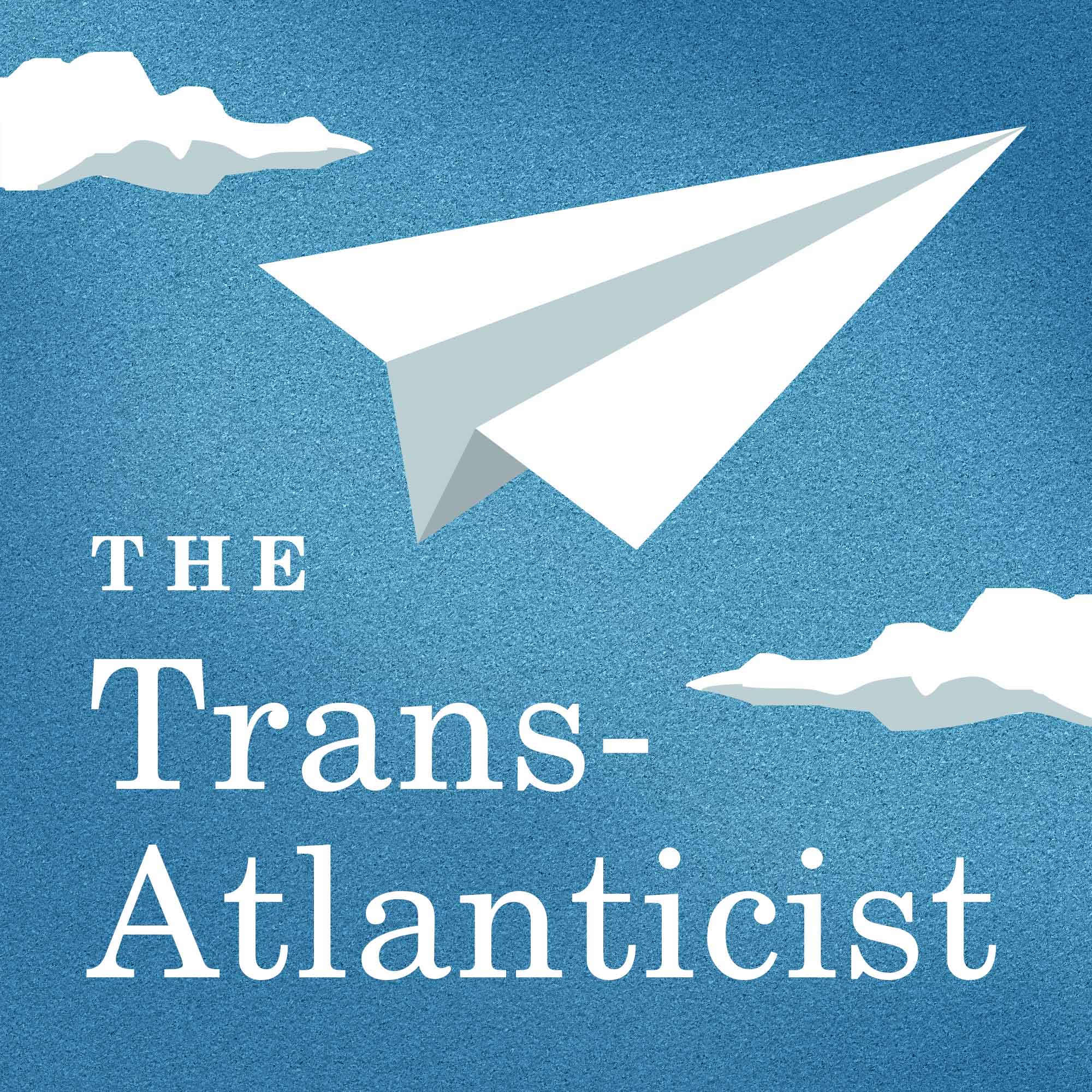History of Chicago Part 3: The First German Immigrants (1833-1865)
with Andrew Sola and Sebastian Wuepper In Part 3 of our history, Dr. Sola and Dr. Wuepper, historian of German immigration, explore the first two waves of Germanic migrants to Chicago, the so-called Dreiziger (the 30-ers, the ones who arrived in the 1830s) and the Vierundachtziger (the 48-ers, or the ones who arrived due to the 1848 revolutions in various German-speaking states, duchies, and principalities in what is now modern Germany). Topics include the rapid growth of Chicago between 1833 and 1880, when it grew from a mere 200 to over 500,000 inhabitants, making it the world's fastest growing city; the difficulty of defining "German immigrants" in early Chicago because Germany did not yet exist as a nation-state; tensions between the 30-ers and the 48-ers; the strong political beliefs of the 48-ers, including a staunch opposition to slavery and secession; the shift of their political support from the pro-immigrant Democratic Party to the anti-slavery Republican Party of Abe Lincoln; the importance of beer to the German immigrants, as seen in the Lager Beer Riot of 1855; the creation and deployment of so-called ethnic regiments, including German ethnic regiments, during the Civil War; and the importance of German community associations, namely the Turnverein or Turner halls as well as singing societies and choirs, throughout the 1800s.

